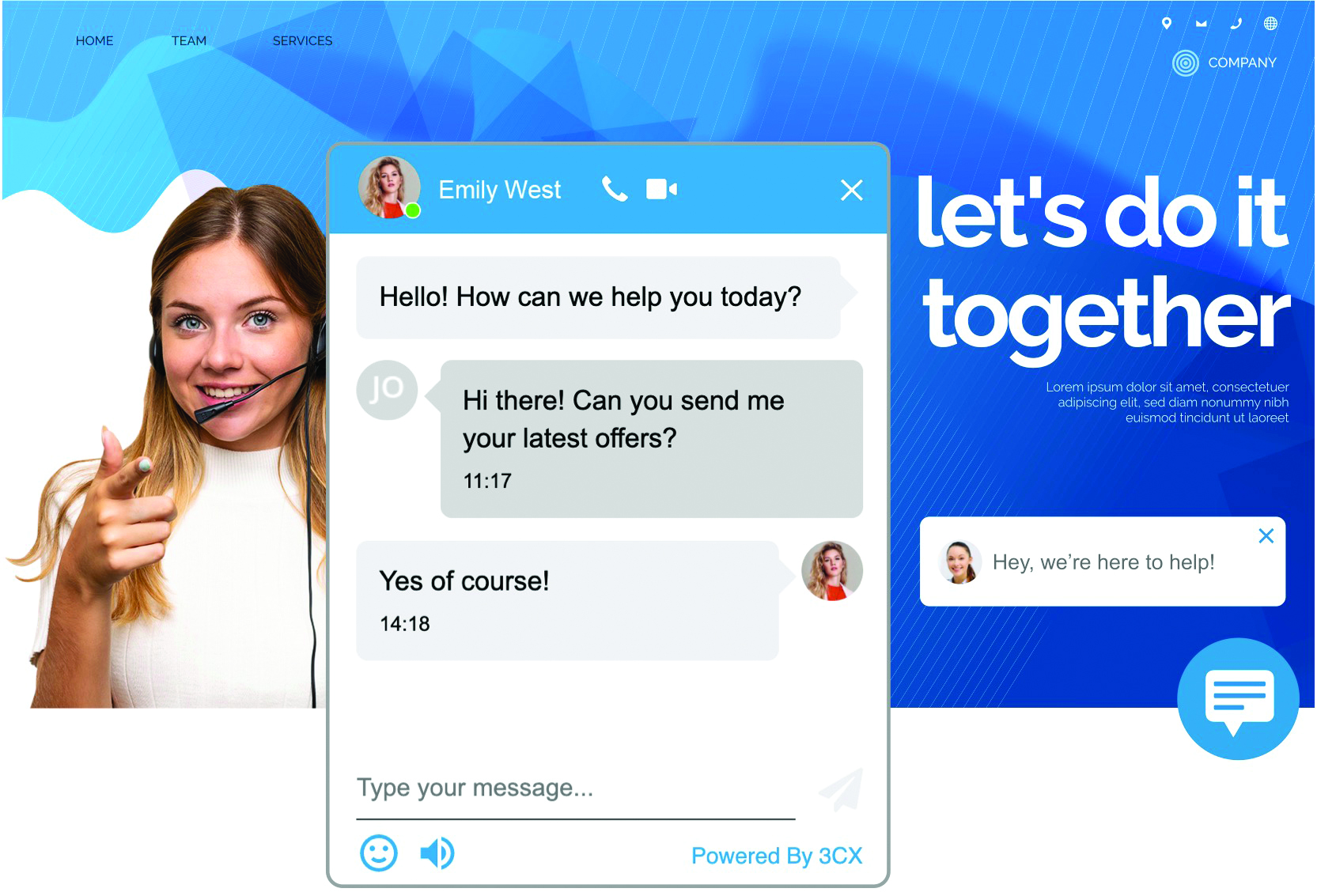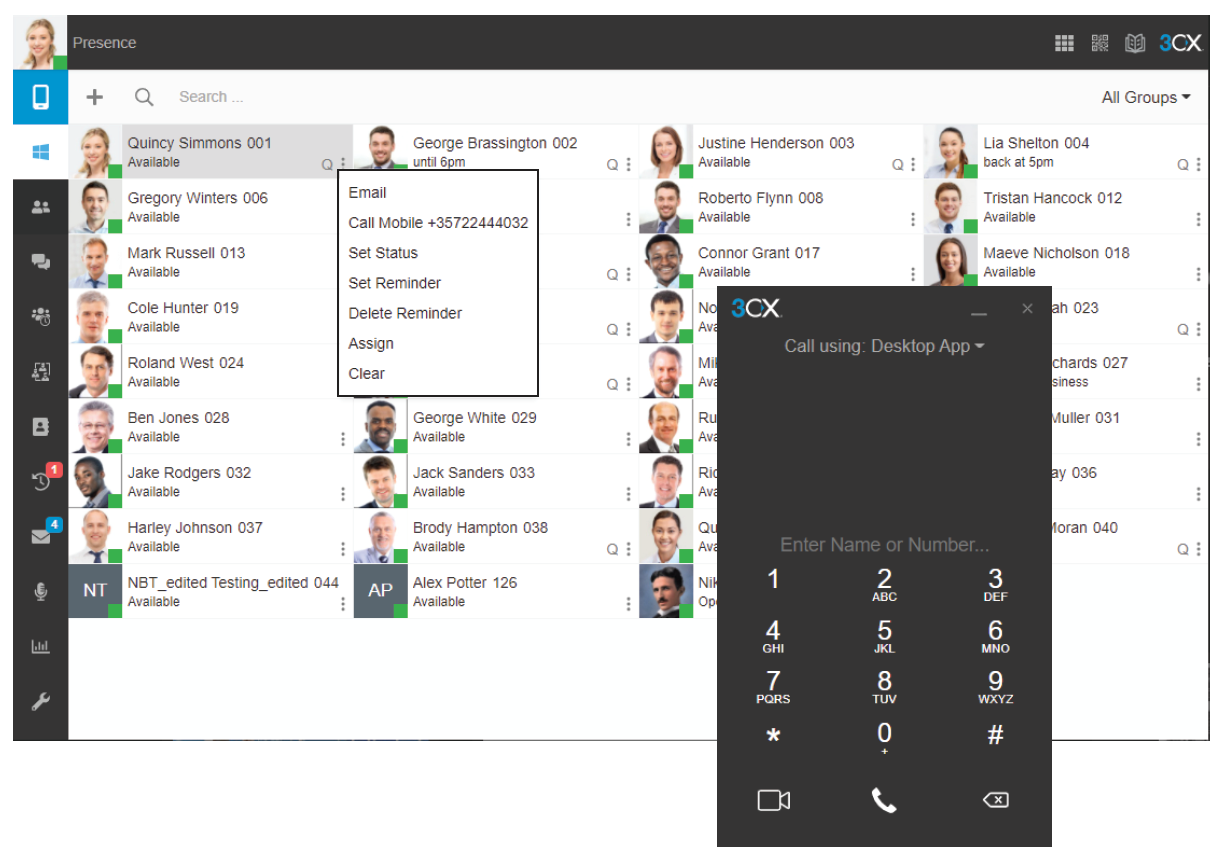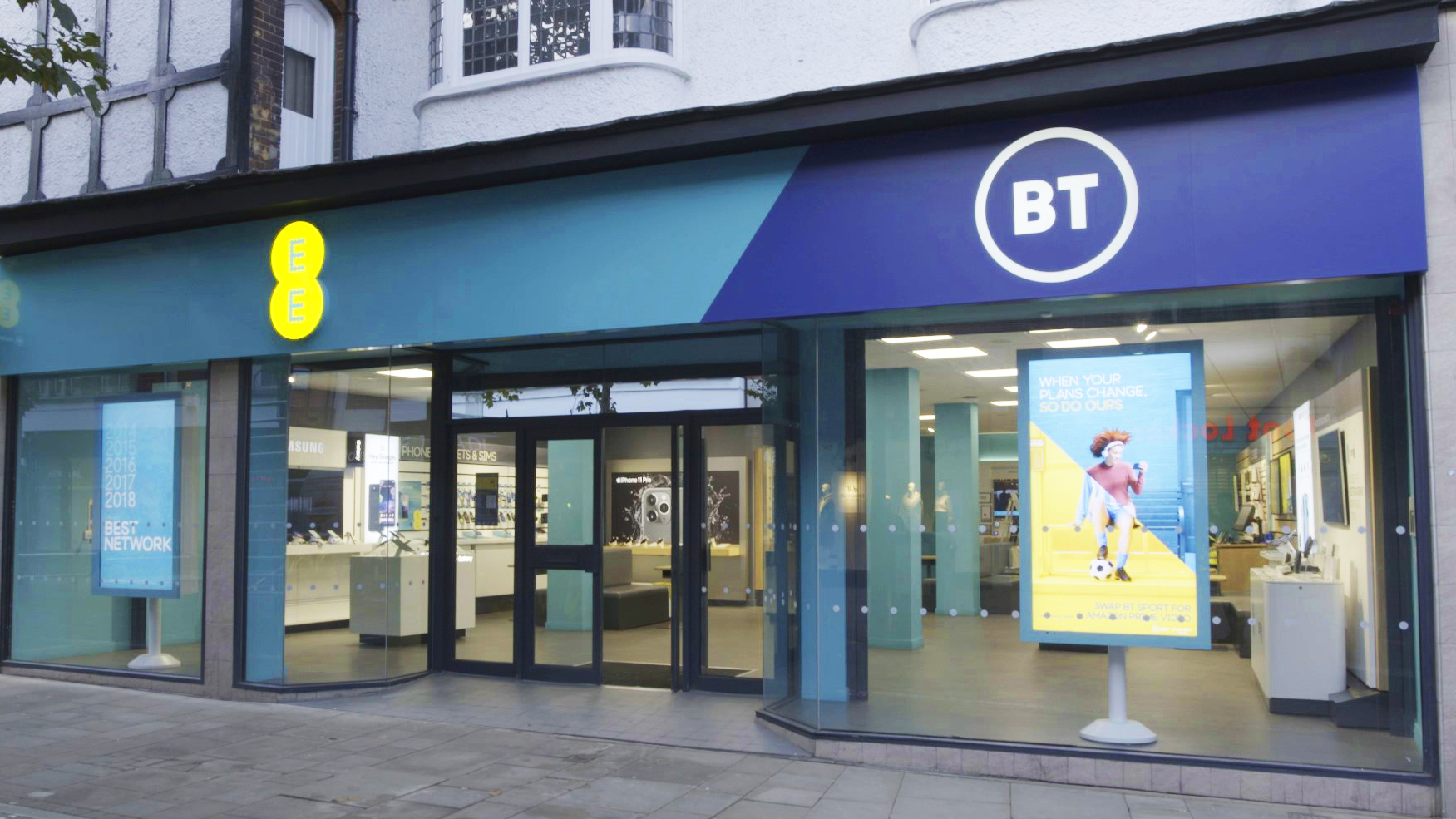How to make communication frictionless
Turning website visitors into customers is made much easier if you have the right tools in place

Imagine for a moment that you’re visiting your company’s website. You like what you see and are interested in the products or services on sale. But you quickly run into difficulties in accessing them, which is where many undecided visitors will give up and close the browser window.
The mistake companies repeatedly make is to add barriers to customers’ purchases. They create friction where there doesn’t need to be any. But there are solutions to help remove this friction so that you can turn visitors into customers.
What are the blockers?
Blockers are the hurdles that can stop visitors in their tracks. On a desktop site, it could be as simple as not knowing where to go next, or when clicking onto a “products” page provides a lot of options that aren’t clear.
How do you solve this? As consumers, we have become used to a chat window opening up on the bottom right of a window to connect us to agents. This is almost a tick-box feature now, and if you don’t offer visitors an easy way to communicate then you have found your first blocker. With more than half of web traffic on smartphones, it’s vital you make this just as obvious on mobile browsers.
From the IT team perspective, the things that have blocked you from integrating a chat service could be a combination of expense and perceived difficulty. Maybe you looked at the options from your current supplier, or a new one, and decided they were just too much hassle to implement. Fortunately, there are simple and affordable ways to add sophisticated chat services to your website.

A single solution
One of the mistakes that businesses make when choosing communication platforms is to silo the different elements. That can be especially problematic now, when so many companies have a distributed workforce and employees are as likely to be working from their home office as from central headquarters.
Instead, everything needs to link together smoothly. Your ideal should be to have one supplier, which means you’ll avoid the blame game if something goes wrong.
What are these different elements? Here, at a basic level, are your traditional phone system, chat tools and video calls. When a customer visits your website and clicks on the chat tool, you want to ensure that your agents can escalate to a voice call and even a video call if that will better serve the customer – not everyone wants to type endless messages into a box.
To fulfil this, you need those three platforms to be rolled into one. 3CX not only integrates with customer-facing parts of your business such as your website, but is also the communication tool for all of your workforce.
As one of the most powerful marketing tools around, it also makes sense to treat Facebook in the same way as your regular site from a communication point of view. You want a system that can transform a hot Facebook lead into a customer as quickly as possible. And that means integrating it with your chat/call/video service.
Easy to implement
Not only must your choice of communications platform be easy to use from each customer’s perspective, but it must also be easy for agents to use. That means working on both their smartphone and their desk phone in the office.
It also means the software needs to be “one click” intuitive. You want to make it easy for agents to escalate a chat from text to voice and from voice to video, and it needs to be easy on every platform – if they’re sitting on a PC with a headset, if they’re on a tablet or if they’re handling calls on a smartphone.
Another potential area of major friction is ease of implementation. With 3CX, integration with your website could be as easy as adding a WordPress plugin, but it can also be integrated with a custom-made CMS.
3CX is simple to implement as a system. You can host it yourself on premises, opt for a private cloud with your choice of provider, or 3CX can host it for you. With 3CX, one simple licence covers chat, voice, video and more – and you can try it free for one year, no strings attached.

No silos
One of the common frustrations for customers is repeating information and speaking to a different agent who doesn’t know their history. You can bypass all this by putting all the information you have about a customer into one place, so that any agent can access it.
3CX integrates with customer relationship management (CRM) software, supporting all the popular CRM and help desk packages, whether that’s Salesforce, Microsoft Dynamics, Outlook, Zendesk, HubSpot, Zoho or many more.
With your chosen CRM integrated, your agents can see exactly who is calling before they pick up their phone, with the customer’s record open and ready. You can call customers directly from your CRM package too, so agents never need to shift from one software interface to another, while automatic call-journaling removes the tedium of manual call entries.
It doesn’t need to be difficult to implement a frictionless communication system. From a customer’s point of view, their journey will be seamless, whether they decide to stay in the website chat box or end up on a video call.
From your employees’ point of view, the same journey applies. Whether they’re the original person taking the call or an expert pulled in to answer a tough question (one-to-one video chats can be escalated to group chats if necessary), they will have access to all the information they need.
From an IT department’s viewpoint, this is all one system using one, simple licensing model. They can take as much control as they like – down to a bespoke self-hosted approach that ties in with a custom-made CMS – or they can outsource to 3CX or one of its partners to host it all.
Get the ITPro daily newsletter
Sign up today and you will receive a free copy of our Future Focus 2025 report - the leading guidance on AI, cybersecurity and other IT challenges as per 700+ senior executives
ITPro is a global business technology website providing the latest news, analysis, and business insight for IT decision-makers. Whether it's cyber security, cloud computing, IT infrastructure, or business strategy, we aim to equip leaders with the data they need to make informed IT investments.
For regular updates delivered to your inbox and social feeds, be sure to sign up to our daily newsletter and follow on us LinkedIn and Twitter.
-
 Why keeping track of AI assistants can be a tricky business
Why keeping track of AI assistants can be a tricky businessColumn Making the most of AI assistants means understanding what they can do – and what the workforce wants from them
By Stephen Pritchard
-
 Nvidia braces for a $5.5 billion hit as tariffs reach the semiconductor industry
Nvidia braces for a $5.5 billion hit as tariffs reach the semiconductor industryNews The chipmaker says its H20 chips need a special license as its share price plummets
By Bobby Hellard
-
 What the UK can learn from the rest of the world when it comes to the shift to IP
What the UK can learn from the rest of the world when it comes to the shift to IPSponsored From the Netherlands to Singapore, UK organisations can learn lessons from forward-thinking countries and make the PSTN switchover as seamless as possible
By Keumars Afifi-Sabet
-
 The big PSTN switch off: What’s happening between now and 2025?
The big PSTN switch off: What’s happening between now and 2025?Sponsored The challenges of adopting IP telephony can be overcome, but you don't have long to act
By Rory Bathgate
-
 How digital marketing will evolve beyond social media
How digital marketing will evolve beyond social mediaIn-depth Twitter's ongoing destabilisation proves businesses can't rely on social media for digital marketing forever
By Elliot Mulley-Goodbarne
-
 TD Synnex Maverick announces availability of Zoom for partners in Europe
TD Synnex Maverick announces availability of Zoom for partners in EuropeNews Partners now have access to the entire Zoom portfolio, including unified communications platform Zoom One
By Daniel Todd
-
 Best Twitter alternatives for businesses and IT professionals
Best Twitter alternatives for businesses and IT professionalsIn-depth With its long-term viability as a networking and commercial space in question, the industry is casting its eye to several Twitter alternatives
By John Loeppky
-
 BT Wholesale is bringing EE’s mobile connectivity to partners
BT Wholesale is bringing EE’s mobile connectivity to partnersNews The partnership will provide access to EE’s 4G and 5G networks as the PSTN switch-off approaches
By Daniel Todd
-
 Why engineering teams love Slack
Why engineering teams love SlackWhitepapers The adaptive collaboration hub for software engineering
By ITPro
-
 Avaya's Wavenet partnership aims to deliver affordable enterprise-quality UCaaS
Avaya's Wavenet partnership aims to deliver affordable enterprise-quality UCaaSNews The collaboration combines unified-communications-as-a-service (UCaaS) and contact centre-as-a-service (CCaaS) with bundled calls and minutes
By Daniel Todd
